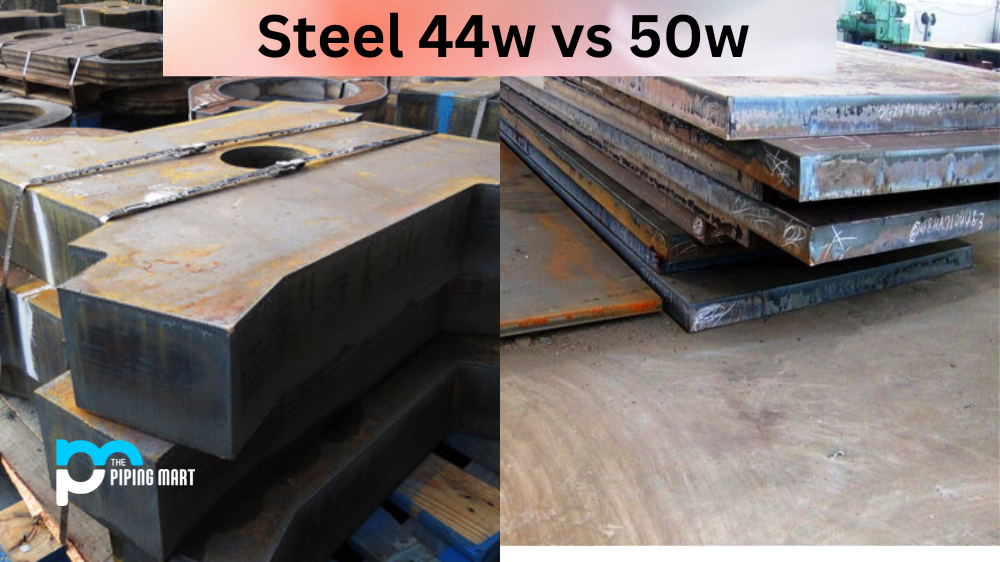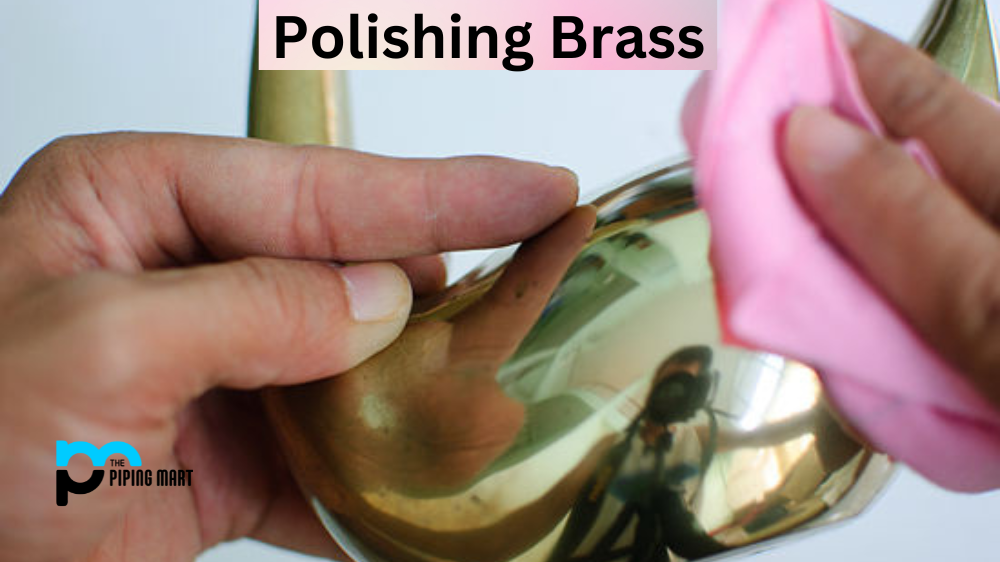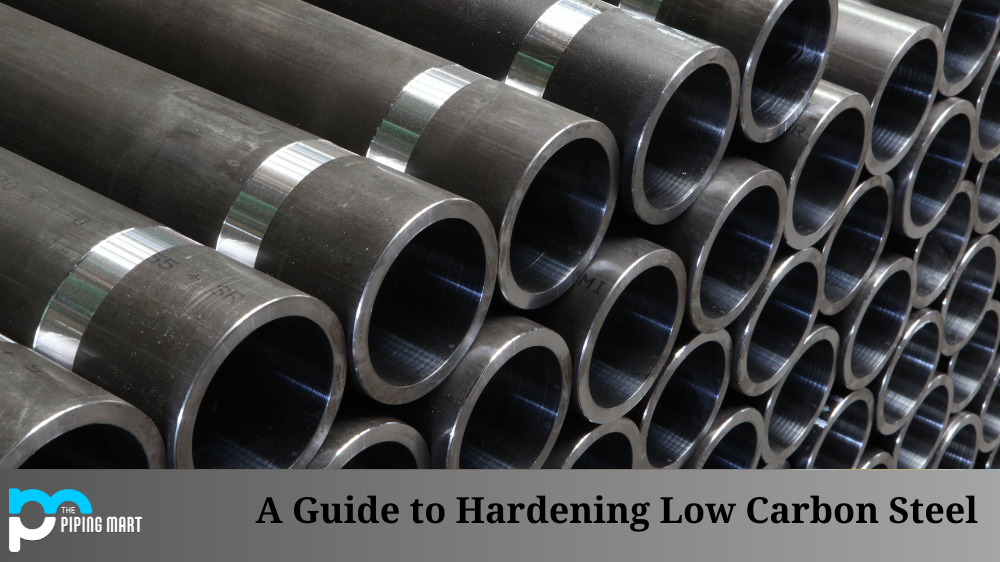It is called a metal because it is found in nature in its natural state as a free metal. Copper was used to disinfecting wounds and surgical tools by the ancient Egyptians, and the first copper alloy weaponry dates back to the mid-5th millennium B.C. Copper is used in jewelry, medicine, and home services, among other things.
Properties Of Copper
Corrosion Resistance:
Copper is virtually corrosion-proof. Because of the naturally protective film that forms on the metal’s surface, it behaves like a noble metal in most underground environments. Copper will corrode if this film, which is often composed of reddish-brown cuprous oxide (Cu 20), is destroyed and cannot be repaired.
Patina:
Copper will naturally change colors over time, transitioning from a shiny brown to darker brown, then blues, and finally greens. Copper develops this “patina” when exposed to natural elements such as wind and rain, which actually protects and preserves the metal beneath.
Strength:
Copper’s strength is one of its most important mechanical properties. Copper, like its alloys, is a tough metal that does not shatter or become brittle when exposed to temperatures below 0 degrees.
Malleable:
Copper is malleable and ductile, which means it can be easily machined and stretched into wire-like shapes. Copper is commonly used in architectural features, particularly steeples and spires on old church buildings.
Anti-Bacterial:
Copper compounds have been used as bacteriostatic agents, fungicides, and wood preservatives. Because of its hygienic properties, this metal can help to slow the growth of bacteria such as E. coli, legionella, and MRSA.
Easy to Alloy:
Another feature that makes copper so valuable is its ability to easily alloy with other metals such as zinc, tin, and nickel.
Conductivity:
Copper has the highest electrical conductivity rating of any non-precious metal: at 20 °C, copper’s electrical resistivity is 16.78 n•m. The theory of metals in the solid state helps to explain copper’s unusually high electrical conductivity.
Uses Of Copper
- Roofing
- Plumbing
- Industrial machinery
- Utensils
- Electrical wiring
- Building Construction
- Transportation
- Medical
- Musical Instruments

Pipingmart is a B2B portal that specializes in metal, industrial and piping items. Additionally, we share the latest information and information about materials, products and various types of grades to assist businesses that are involved in this business.




